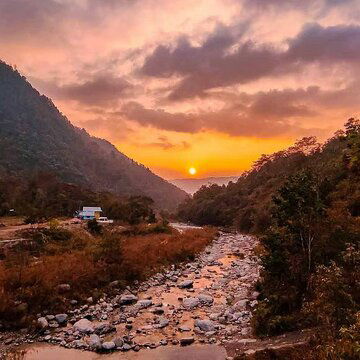Bengal’s cultural and historical richness is no secret, but many of its hidden gems remain little known to the wider public. One such site is Chandraketugarh, a place often described by archaeologists as the “Harappa" of Bengal. It is located not far from Kolkata, and it offers a rare chance to step back into the past while enjoying a short holiday during the Durga Puja season.
What to see in Chandraketugarh
Local traditions say the site was named after King Chandraketu. The most striking landmark is the Khana-Mihir mound, which dates back to between 400 and 800 BC. Folklore tells us that Khana and Mihir, the famous medieval astrologers, once lived here after their marriage. Khana, celebrated for her knowledge, is believed to have practiced astrology on this very ground. Historians point out that the mound was likely the remains of an ancient temple.
Nearby stands the fort of Chandraketugarh. Though the Vidyadhari River once flowed past it, today the site lies quiet, surrounded by villages. For those curious about the discoveries made here, the Chandraketugarh Museum preserves terracotta artefacts, sculptures, and other relics unearthed during excavations. These remains provide fascinating insights into Bengal’s links with early urban civilization.
How to reach and where to stay
Chandraketugarh is easily accessible from Kolkata. Travellers can take a train from Sealdah to Haroa and then continue locally. Alternatively, buses run from Dharamtala to Barasat, from where Chandraketugarh is only a short journey.
Many prefer a day trip, leaving Kolkata in the morning and returning by evening. But for those who want to stay for long, hotels in the nearby area offer comfortable stays. This journey to Chandraketugarh invites visitors to rediscover Bengal’s layered history while enjoying a refreshing break during the festive season.











